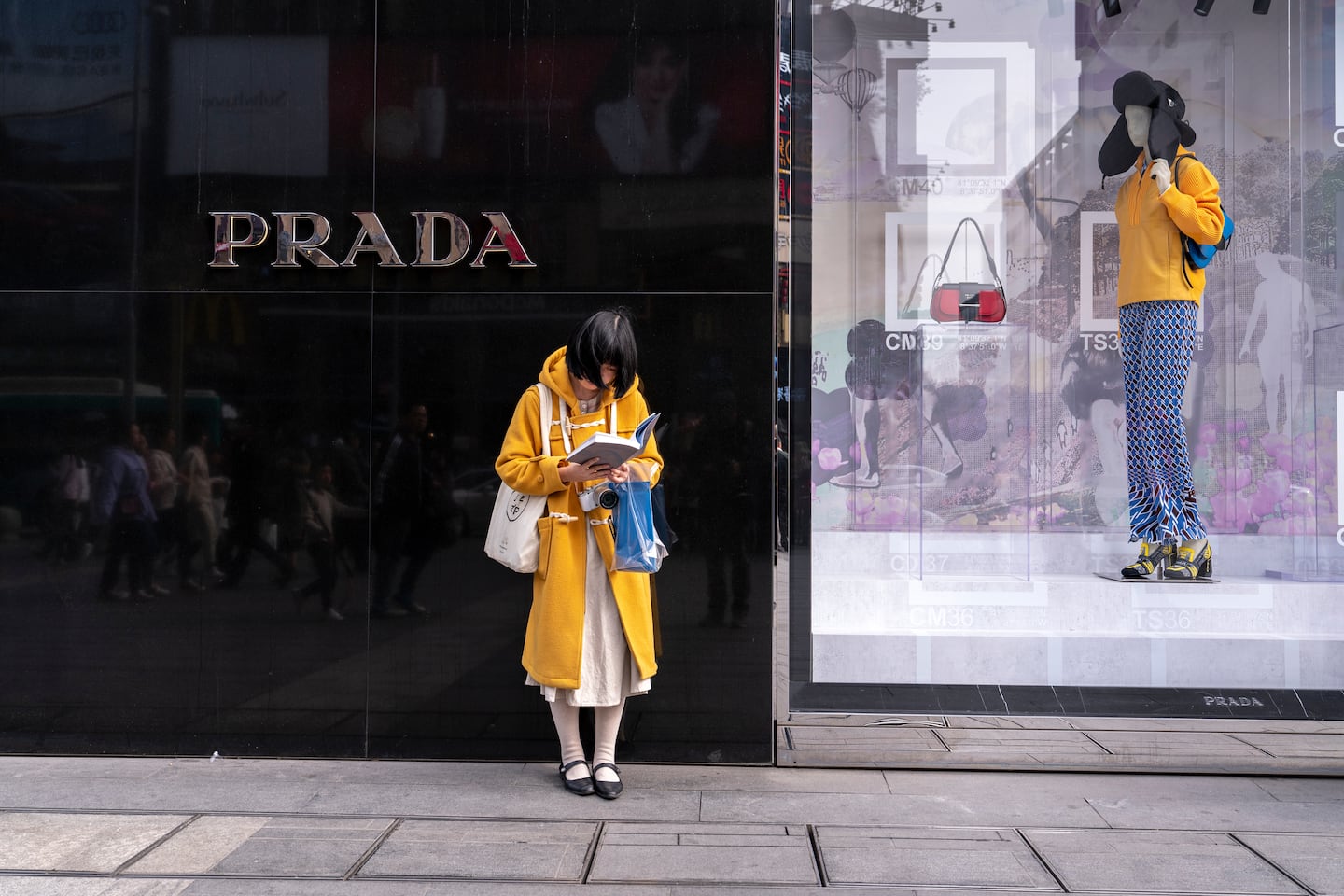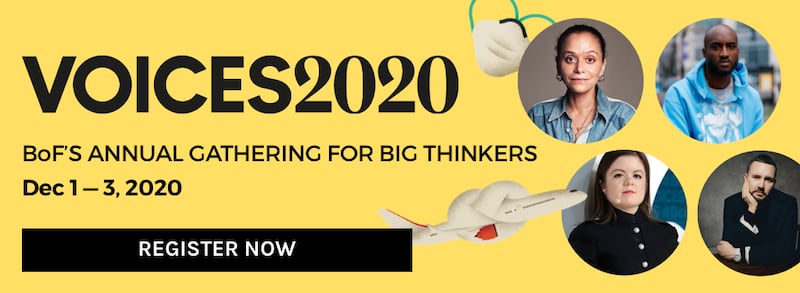
The Business of Fashion
Agenda-setting intelligence, analysis and advice for the global fashion community.

Agenda-setting intelligence, analysis and advice for the global fashion community.

 Opens in new window
Opens in new windowThe luxury sector is on the mend after plunging by nearly a quarter this year. But most brands are in for a long slog, Bain & Co. said in the latest edition of its closely watched report on the industry released Wednesday.
Most executives don’t expect revenues to return to pre-pandemic levels before the second half of 2022, Bain said. The consultancy sees luxury sales rebounding to between 85 and 92 percent of 2019 levels next year. Tourist spending, a key driver for sales of high-end products, is only expected to rebound between 25 percent and one-half of 2019 levels.
The burden of the pandemic’s lengthy impact won’t be borne equally, however, with some brands surging ahead while others struggle. That was already evident this summer, when Kering’s Bottega Veneta and the LVMH fashion division (which includes Louis Vuitton and Dior) got back to double-digit growth for the third-quarter, while Tods and Ferragamo continued to post double-digit declines.
“You’re going to see a small number of brands outperforming, with a big tail of brands lagging behind,” said Claudia D’Arpizio, a partner at Bain and co-author of the report. “There are some brands who were stuck with an older formula and but were still doing fine, and now that’s a really dangerous place to be.”
ADVERTISEMENT
Even as a fresh wave of lockdowns to contain the coronavirus roils retail sales in the US and Europe, some companies will likely end the year with nearly flat sales rather than the average drop of more than 20 percent, she said.
So what will it take to land in the winning camp?
A strong infrastructure in China will be key, as that market continues to surge ahead. Chinese consumers – already the growth engine for luxury before the pandemic – are rapidly shifting their purchases from international shopping trips to online orders and visits to the mall closer to home. Bain estimates sales in Mainland China grew by 45 percent to €44 billion this year.
“The Chinese will not travel as much as they used [to], so having good presence in retail as well as online functions will be a strong mitigator,” d’Arpizio said.
Brands also need to “engage consumers in an ongoing conversation,” d’Arpizio said, connecting to customers through social media, e-commerce, and store associates who reach out to clients at a distance. Even before the pandemic, the majority of purchases were influenced by online touch points. Maintaining that dialogue is only more important now, with coronavirus continuing to put tourist flows and store foot traffic in question.
Offering the right entry-priced products will also be key. Luxury brands have long offered more affordable items, like card holders and sunglasses, to cash in with a broader range of consumers on clout built up through red carpets, runway shows, and top-end handbags. This year, accessibly-priced items surged, accounting for 50 percent of volumes, Bain said.
The strongest luxury brands are investing in novelty in this space, with entry-price products that are both “original and authentic,” according to d’Arpizio. “This is an important task for creative teams: not to just do creativity at the top of the pyramid but to deliver it through all price points.”
Some sank, others surged. BoF examines how Kering, Hermès and Moncler stacked up against the high bar set by LVMH’s fashion and leather goods division last week.
Brands that benefited from a drop in customer acquisition costs at the beginning of the pandemic must figure out how to get the most out of their investments as prices rise dramatically.
The first wave of the pandemic devastated fashion’s supply chain. Fresh restrictions in Europe this month have already led to more cancellations and price pressure, and more pain is on the horizon as cases worsen in North America.

Robert Williams is Luxury Editor at the Business of Fashion. He is based in Paris and drives BoF’s coverage of the dynamic luxury fashion sector.
Brands from Valentino to Prada and start-ups like Pulco Studios are vying to cash in on the racket sport’s aspirational aesthetic and affluent fanbase.
The fashion giant has been working with advisers to study possibilities for the Marc Jacobs brand after being approached by suitors.
A runway show at corporate headquarters underscored how the brand’s nearly decade-long quest to elevate its image — and prices — is finally paying off.
Mining company Anglo American is considering offloading its storied diamond unit. It won’t be an easy sell.